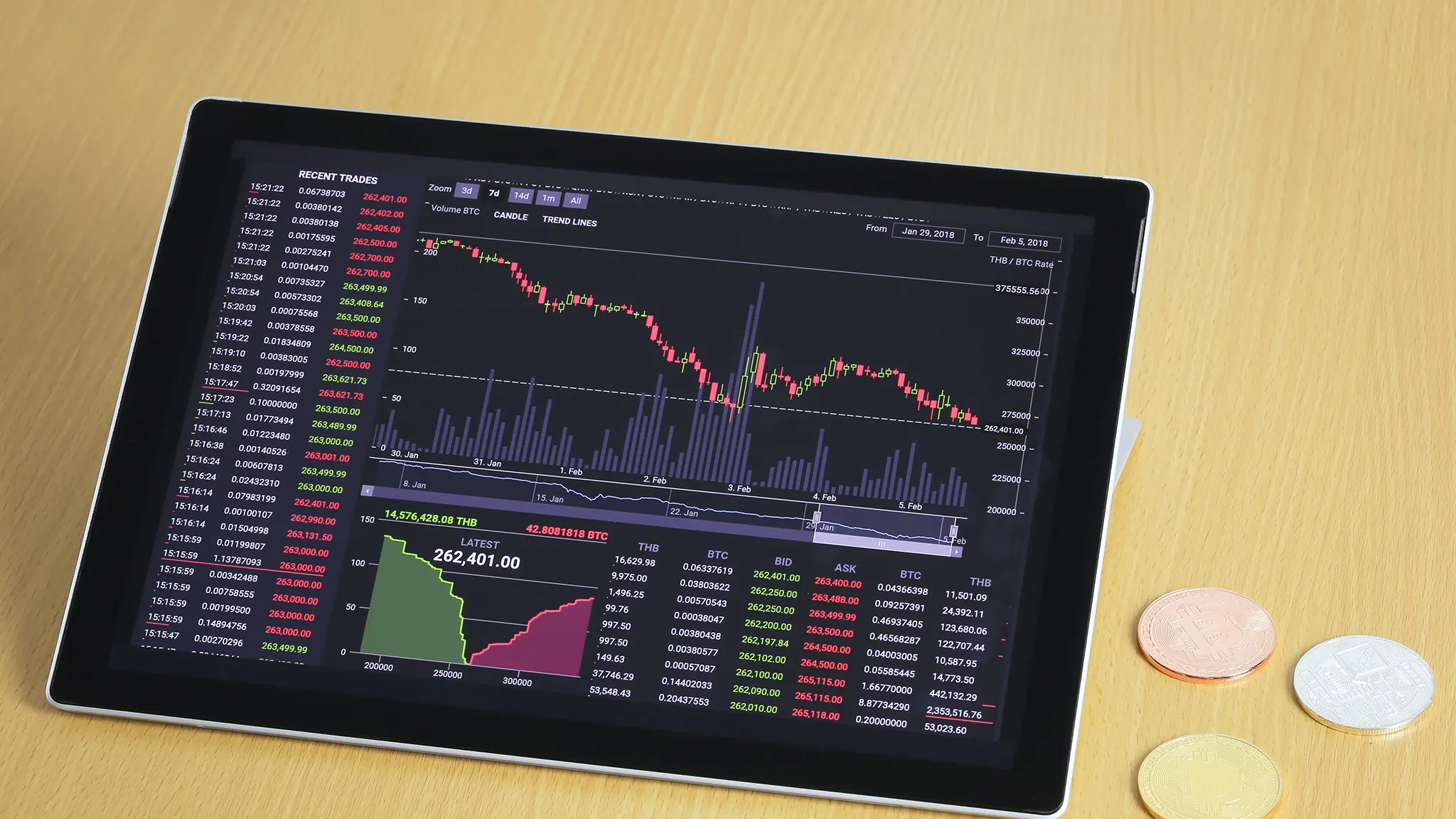Benchmark indices like the Nifty50 and BSE Sensex, once the undisputed barometers of the Indian stock market, are facing a stark reality check. Their contribution to the overall market capitalisation is steadily declining, raising serious questions about their continued relevance as reliable market indicators. The news highlights that the Nifty50’s share has plummeted from nearly 59 percent in FY21 to below 44 percent by August 2024. The Sensex tells a similar story, now accounting for only about 35 percent of BSE-listed stocks.
Benchmark indices losing ground
This erosion of influence isn’t due to any failing of the blue-chip companies listed in these indices. Rather, it is a consequence of the phenomenal expansion seen in the mid-cap, small-cap, and microcap segments of the Indian equity market. Between FY21 and FY24, while Nifty50 stocks grew by a respectable 77 percent, their smaller counterparts left them far behind. Mid-caps surged by 152 percent, small-caps by 219 percent, and microcaps astonishingly by 334 percent. This explosive growth outside the established large-cap universe means that the traditional benchmarks are painting an increasingly incomplete picture of the market’s health and direction.
Mid and small caps on the rise
The problem arises when investors and fund managers persist in using these potentially outdated indices as their primary tools. Index-based Exchange Traded Funds (ETFs) and hedging strategies continue to rely heavily on the Nifty50 and Sensex. Consider the SBI-ETF Nifty 50, managing assets worth over ₹2 lakh crore, just one of 22 ETFs tracking the Nifty50. When this index no longer represents even half the total market value, its efficacy as a tool for investment or risk management becomes questionable. This situation contrasts sharply with markets like the US, where the S&P 500 index represents a much larger 80 percent of the value of traded shares, making it a far more robust benchmark.
Need for index overhaul
This shift in market dynamics is underscored by recent stock movements like the Bajaj Housing Finance shares experiencing a significant fall. While analysts suggest profit booking and external market factors as reasons, it also reflects a broader market sensitivity beyond the large-cap focus of the main indices. The reliance on potentially skewed benchmarks could be leading investors to misinterpret market signals and make decisions based on an incomplete representation of the investment landscape.
It is time for Indian exchanges and regulatory bodies to take note and redefine what constitutes a benchmark index. A more inclusive and representative index, one that captures the current breadth and depth of the Indian stock market, is essential. Such an index would provide investors with more accurate hedging tools and enable the creation of financial instruments that genuinely reflect the market’s pulse. Failing to adapt risks creating a disconnect where trading activities are guided by metrics increasingly detached from the underlying economic reality. This benefits neither the investors nor the long-term stability of the market itself.
Is it time for exchanges to re-evaluate the indices? For Indian markets to remain robust and relevant, a proactive approach to index reform is not just advisable, it is crucial.










Leave a Reply